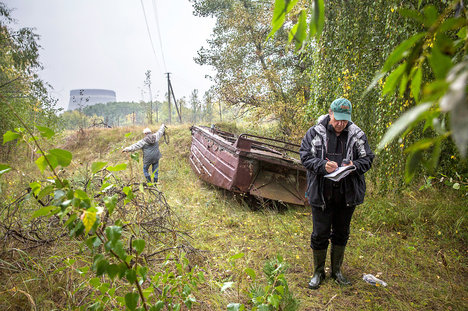(p. 218) Ben A. Minteer and Leah R. Gerber propose “Buying Whales to Save Them.” “Under this plan, quotas for hunting of whales would be traded in global markets. But again, and unlike most ‘catch share’ programs in fifisheries, the whale conservation market would not restrict participation in the market; both pro- and antiwhaling interests could own and trade quotas . . . . Conservation groups, for example, could choose to buy whale shares in order to protect populations that are currently threatened; they could also buy shares to protect populations that are not presently at risk but that conservationists fear might become threatened in the future.” “Despite the widely acknowledged failure of the IWC [International Whaling Commission] moratorium to curtail unsustainable whaling, the whale conservation market idea has proved to be wildly controversial within conservation and antiwhaling circles. . . . Many critics of the idea are also plainly not comfortable with the ethics of putting a price on such iconic species–that is, with using contingent market methods for what they believe should be a categorical ethical obligation to preserve whales. On the other hand . . . the vulnerable status of many whale populations and the failure of the traditional regulatory response to halt unsustainable harvests call for a more innovative and experimental approach to whale policy, including considering unconventional proposals, such as the whale conservation market.” Issues in Science and Technology, Spring 2013, http://www.issues.org/29.3/minteer.html.
Source:
Taylor, Timothy. “Recommendations for Further Reading.” Journal of Economic Perspectives 27, no. 4 (Fall 2013): 211-18.
(Note: italics, ellipses, and bracketed words, in original.)



